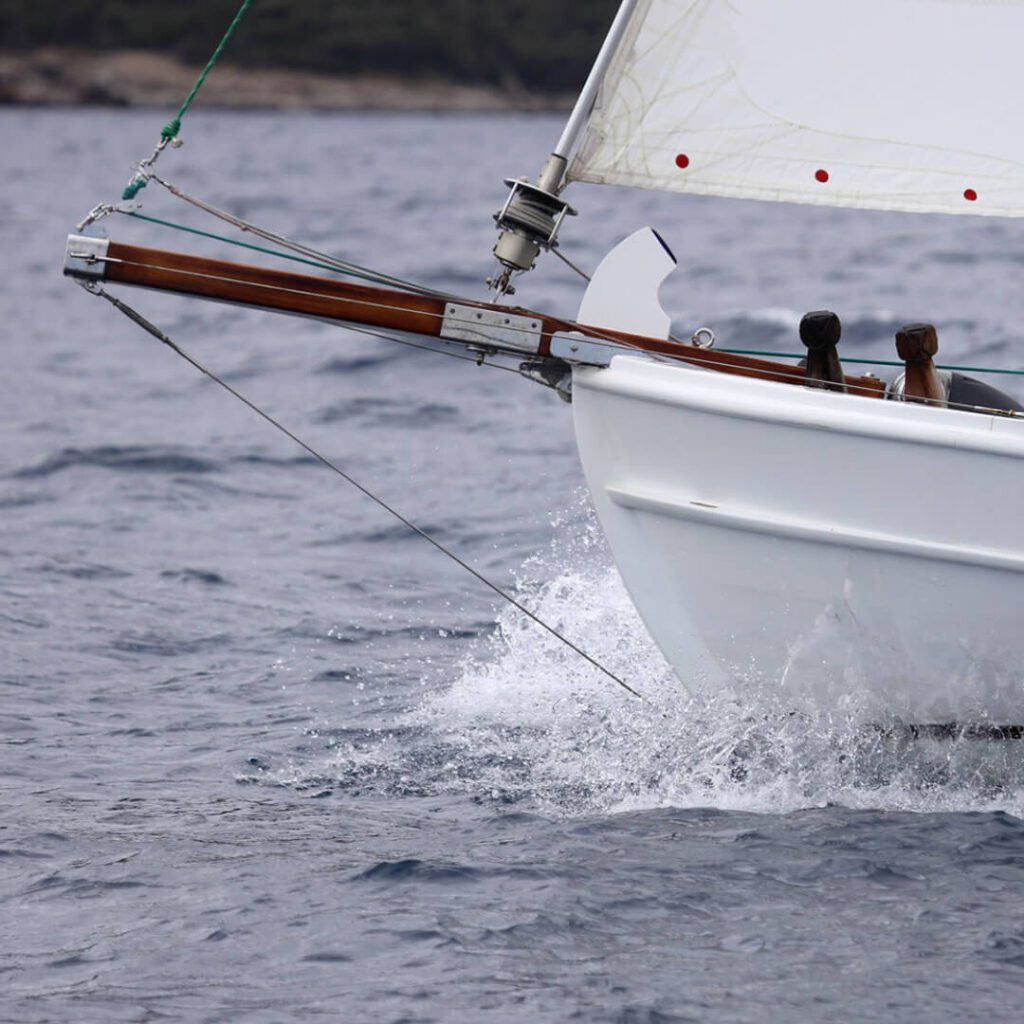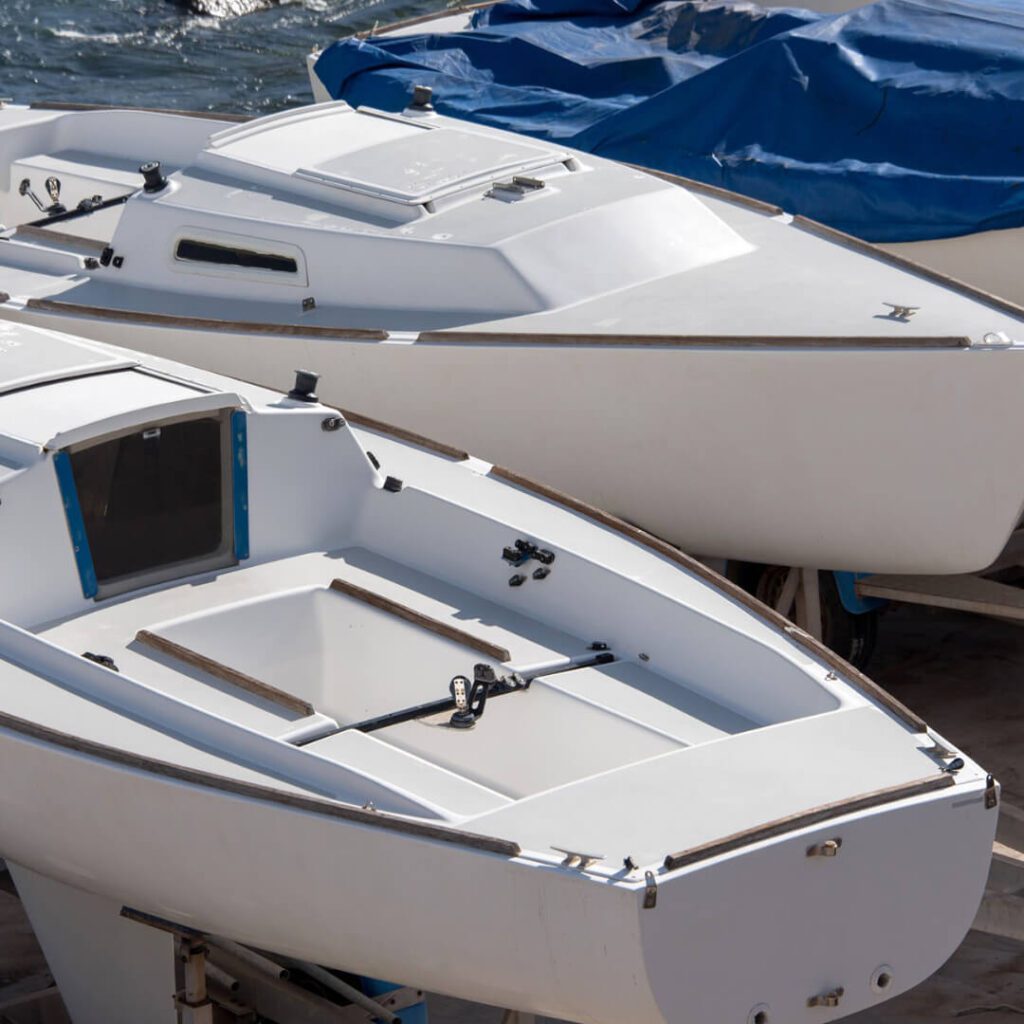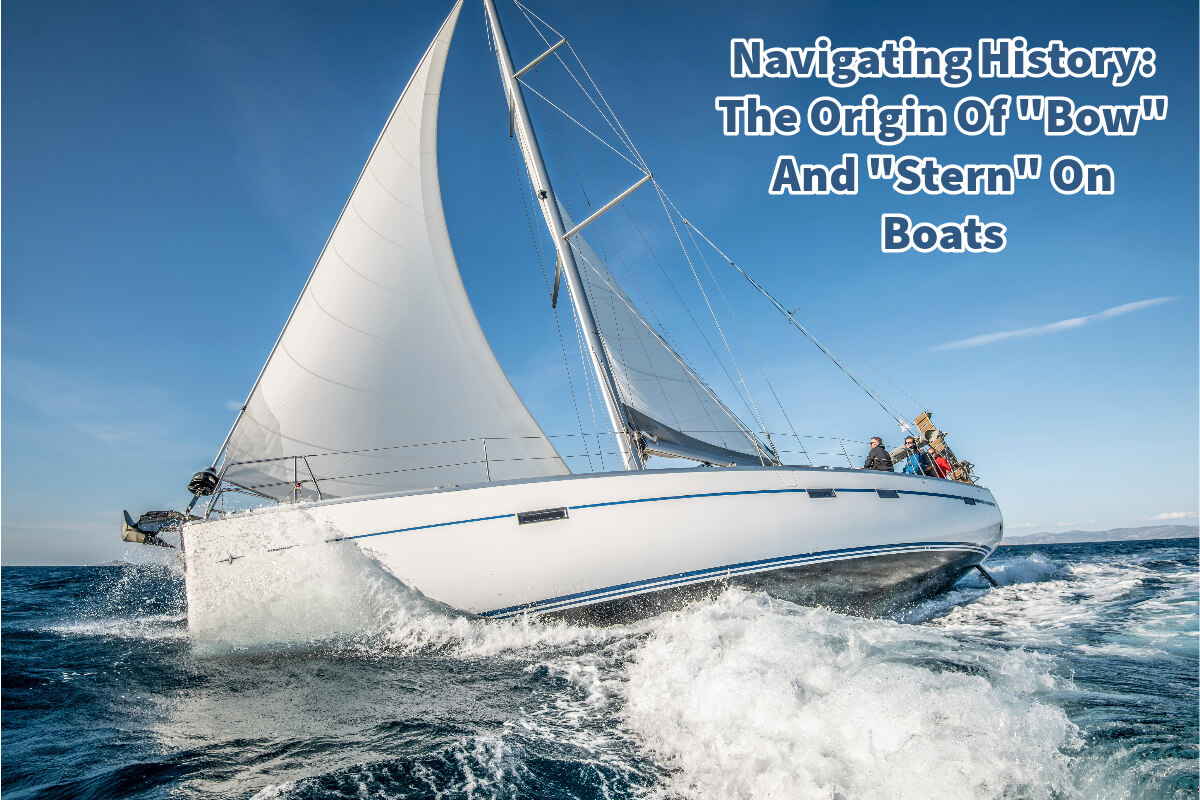My passion for sailing runs deep, and of late, I’ve embraced the art of sailing with renewed vigor and earnestness. Yet, if there’s one invaluable lesson my experiences on the water have taught me, it’s the critical importance of nautical terminology.
Sailing isn’t just a pastime; it’s a tradition-rich activity where every term and command carries weight. Among these, the concepts of “bow” and “stern” stand as fundamental navigational beacons in the vast ocean. Read on as we invite you on a journey to uncover the historical anchors of these terms and understand why discerning the bow from the stern is an indispensable skill for any sailor or boater.
Table of Contents
- Navigating History: The Origin Of “Bow” And “Stern” And Their Importance To Sailors And Boaters
- The Importance Of Knowing Bow From Stern – 12 Practical Reasons
- Related Questions
Navigating History: The Origin Of “Bow” And “Stern” And Their Importance To Sailors And Boaters

As a sailor feels the salty breeze and hears the rhythmic lapping of the waves against the hull, they are steeped not only in the present moment but also in the profound depths of maritime tradition.
Central to these traditions are the terms “bow” and “stern,” directional lifelines in the vast expanse of the sea. In this blog post, we’ll delve into the origins of these nautical terms and explore why understanding the difference between the bow and stern remains crucial for sailors and boaters alike.

The Historical Voyage Of “Stern” And “Bow”
At the heart of these terms is the history of seafaring itself. The “stern,” derived from an old Germanic word, connotes the “back” or “rear” of a ship. Imagine the old wooden sailing ships with ornately carved sterns, often adorned with the ship’s name and home port. Here is where the ship’s design becomes more than functional; it becomes a piece of maritime identity.
The “bow,” on the other hand, comes from the old Norse, symbolizing the “front” or “foremost.” It conjures images of a ship cutting through the water, the first part to meet the waves and the wind.
The bow’s design, from the tall ships of yore to today’s modern vessels, has always been about piercing through the water, embodying both strength and grace.
During the medieval era, these words were like currents, carrying the weight of their meanings from the Germanic and Norse seafarers across Europe and eventually around the globe. Even in the face of modern advancements, these terms remain anchored in the language of maritime culture.

The Poop Deck And The Captain’s Watch
The stern was traditionally known as the “poop deck,” which comes from the Latin term ‘puppis’ meaning the rear or aft part of the ship. It was the elevated deck that stood as the captain’s command center, offering a vantage point to survey the sea and manage the crew. From the stern, orders would be bellowed, courses set, and fates decided.
Modern Maritime Language: Sails To Engines
With the transition from wooden sailing ships to engine-powered vessels, the fundamental principles of bow and stern have not wavered. The bow still cleaves the water as it did for our seafaring ancestors, and the stern continues to follow, pushed or pulled along by the latest propulsion technology.
This highlights how, despite sailing and boating having evolved to incorporate high-tech advancements, the core elements and terminologies of vessels have remained essentially unchanged for centuries. The nautical world is one where history resonates strongly, with many aspects of seafaring steeped in age-old tradition and meaning.
The Importance Of Knowing Bow From Stern – 12 Practical Reasons
As a sailor myself, I can attest that understanding the difference between the bow and stern is more than traditional—it’s practical.
Here are twelve reasons why any sailor or boater must understand these differences:
Navigation:
Knowing the bow from the stern is critical for understanding navigation commands and plotting a course on the open water.
Communication:
Clear communication is essential on a vessel. When directions are given, they are often about the ship’s bow or stern.
Safety:
In emergencies, precise language can save lives. Confusing bow with stern can lead to catastrophic errors in crucial moments.
Docking And Mooring:
These maneuvers require an understanding of the ship’s orientation. Knowing which way is forward and backward is essential.
Anchoring:
Dropping and weighing anchors are done concerning the ship’s bow and stern and can affect the vessel’s stability and security.
Maneuvering:
Tight maneuvers, especially in crowded marinas, depend on an intimate knowledge of your vessel’s dimensions from bow to stern.
Reading Waves:
Understanding how waves will impact different parts of the ship can help in adjusting speed and heading to ride them out smoothly.
Handling Ropes:
Whether you’re securing the vessel or adjusting sails, knowing the orientation of the ship is crucial for managing ropes effectively.
Understanding Wind Direction:
Sailors need to know how the wind interacts with their vessel from all angles, particularly from the bow and stern, to sail efficiently.
Maintenance And Repairs:
When diagnosing or describing issues, one must pinpoint whether they’re at the bow or stern.
Maritime Law:
The rules of the road on waterways often refer to the bow and stern when describing the right of way and other regulations.
Historical Knowledge:
A deep appreciation for maritime history enriches the sailing experience and fosters a connection to those who navigated before us.
The story of “bow” and “stern” is more than etymology—it is the story of maritime culture and the evolution of seafaring.
These terms have survived the test of time, proving their worth across centuries of ocean voyages. They continue to serve as fundamental tools in the sailor’s arsenal, not only for the practicality they provide in themselves.
At A Bus On A Dusty Road, we discuss culture, travel, life, sailing, and ex-pat living. We are all about “Living Life As A Global Citizen.” We explore social, cultural, and economic issues and travel.
We would love to have you be part of our community. Sign up for our newsletter to keep up-to-date by clicking here. If you have any questions, please get in touch with me, Anita, by clicking here.
Listen to our Podcast called Dusty Roads. You can find it on all major podcast platforms. Try out listening to one of our podcasts by clicking here.
Subscribe to our A Bus On A Dusty Road YouTube Channel with great videos and information by clicking here.
Related Questions
Guide To The Bow, Prow And Stern Of A Boat
The prow and stern of a boat are two essential terms for any boater to understand. The prow refers to the front side of the boat above the waterline. It is not the same as the boat’s bow, but it is part of the boat’s bow. The stern refers to the back or aft. Understanding the differences between these two areas of a boat is essential for any boater, whether they are experienced or just starting.
By clicking here, you can discover Guide To The Bow, Prow And Stern Of A Boat.
Why Is The Back Of A Boat Called The Stern?
The back of a boat is commonly referred to as the stern. While this term may seem straightforward, it has a fascinating history and is essential for any boater to understand. Read further to explore the history of the term stern and why boaters need to understand what a stern of a boat is.
By clicking here, you can discover Why Is The Back Of A Boat Called The Stern?
What Is The Meaning Of Port, Starboard, Bow, And Stern?
The term port means the left side of the boat, and starboard is the ship’s right side. The bow is the front side of the boat, and the stern is the back side of the ship. Each of these is a different part of the boat, and it is vital to understand these terms when sailing a boat or driving a motorboat.
By clicking here, you can discover What Is The Meaning Of Port, Starboard, Bow, And Stern?


